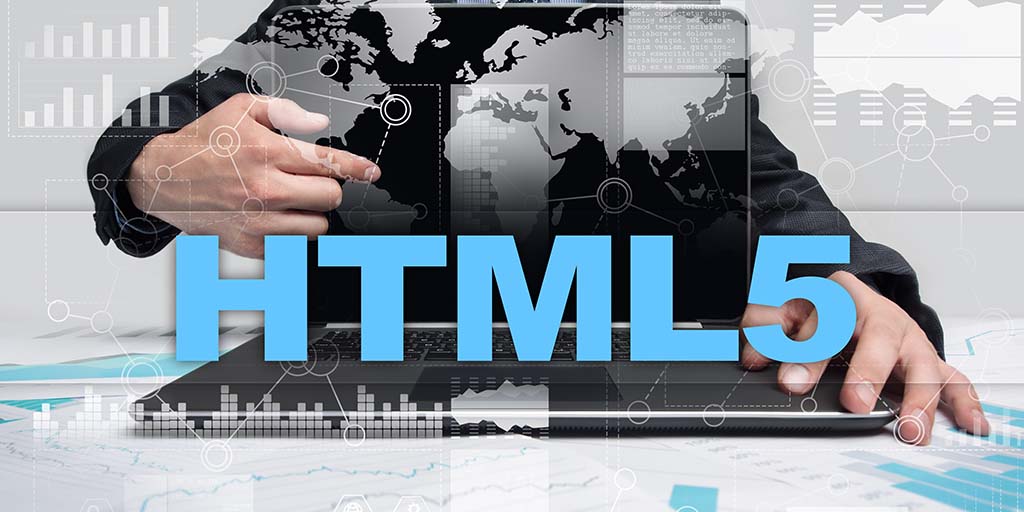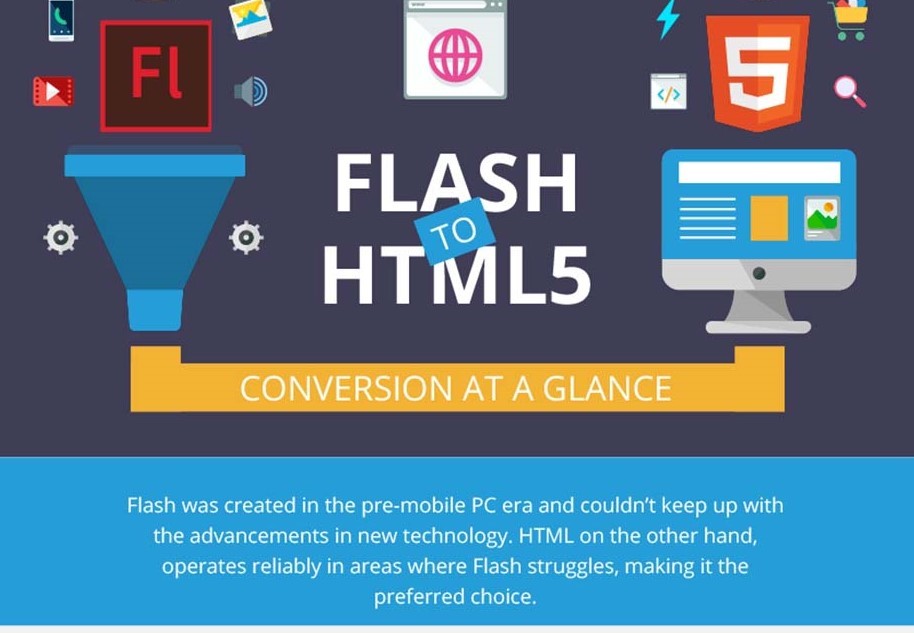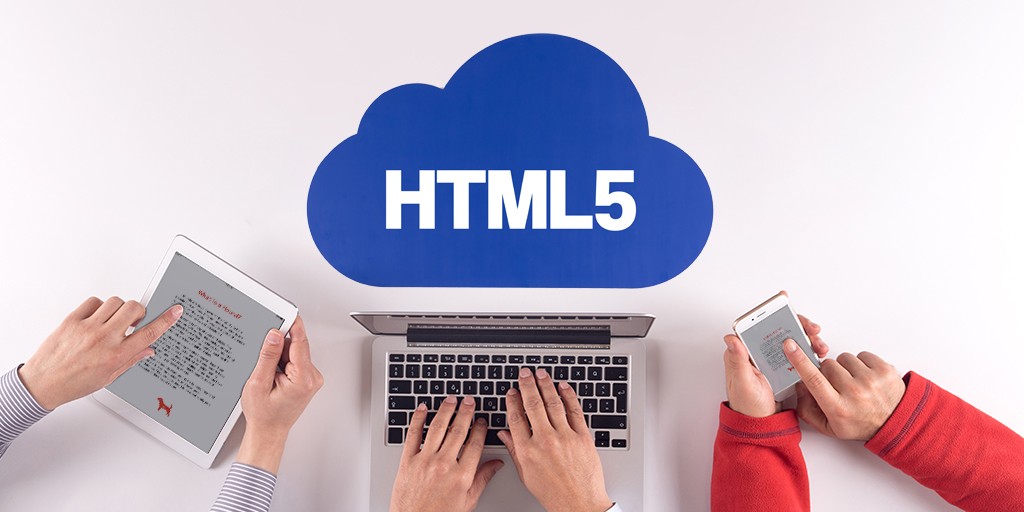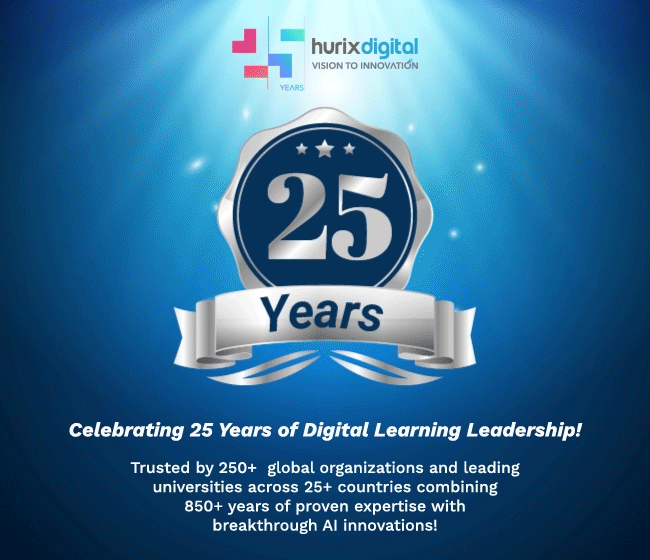
How to Convert Flash Websites to HTML5 Right Now!
Over the years, Adobe Flash-ActionScript and HTML-JavaScript-CSS based development have been used as two of the main approaches for websites and other front-end web-based applications. But Flash has various limitations on smartphones and other mobile devices, which gradually have led to the emergence of HTML5.
Further, some of the most popular internet browsers such as Google Chrome and Mozilla Firefox have blocked Adobe Flash technology for speed and security reasons.
Table of Contents:
One of the primary advantages of HTML5 is its ability to support multimedia (audio, video, animations) content and to fulfill the greater usability demands of varying screen dimensions of both mobile and desktop devices. This is the key reason why an increasing number of organizations have started to use HTML5 for their website development, and others have started to either migrate or upgrade their existing content from Flash to HTML5.
Below are some of the other reasons why there is an increasing demand for Flash to HTML5 conversion nowadays:
- Many devices do not support Flash websites
One of the main drawbacks of a Flash website is that it does not work on a number of mobile devices, including smartphones, which can quickly lead to loss of website visitors and sales leads.
- A Flash-based website affects your search rankings
It is a well-known fact that Google’s bots do not consider Flash files as part of your website’s content. This makes all the preloaded audio-visual content on your website completely useless because you will not be getting the target audience on your website.
The result will be a loss of market share without any benefit of search engine rankings and non-flash-driven competitors gaining a huge advantage.
Why Convert to HTML5?
HTML5 has completely revolutionized the way HTML content is presented due to its various advanced features such as support of audio, video, SVG, Canvas, and many more file types. HTML5 is also one of the best alternatives to Flash Player as it has the native ability to perform well in various low battery-powered devices such as smartphones and tablets.
Among other advantages of HTML5 are –
- Compatibility with all modern browsers across devices
- Support of Responsive Web Design (RWD)
- Functions without any browser plug-in
- Offers built-in support for rich media elements
- HTML5 output content consumes less memory
- Renders graphic content similar to Flash
Steps to Convert Flash Websites to HTML5
Here we are discussing the steps to help you get started with a successful transition from Flash websites to HTML5:
1. Plan thoroughly
Flash to HTML5 transition is a time-consuming process and could take up a great deal of time, based on the amount of content you have to convert.
So, it’s a good idea to prepare a detailed plan to be able to start with the actual work. This will eliminate all the hassle and stress from finding out more items coming up, and you’ll be able to go ahead with the process without any hiccups.
2. Collect the source files
Before you begin Flash to HTML5 conversion, make sure that you have all the source files (XML, FLAs, etc.), including all the media and supporting files.
3. Extract media and content
Extract all the media and content from the existing website, followed by copying the text and labels of navigation buttons in the GUI (graphical user interface) into a PPT or MS-Word document.
4. Use a robust authoring tool and follow the conversion process
There are multiple tools that you can use for Flash to HTML5 conversion, including Adobe Captivate, Lectora Inspire, Adobe Wallaby, Google Swiffy, Sothink – Flash to HTML5 conversion tool, Apache FlexJS and Articulate Storyline.
Here are some of the most popular tools currently that you can use to convert Flash websites to HTML5:
- Google Web Designer
It is a free web editor for Flash to HTML5 conversion. You can use this tool by just paying an intrinsic price in terms of conversion quality, without having to pay for Adobe’s subscription.
- Adobe Animate CC
Adobe Acrobat Animate CC is an excellent conversion tool for Flash to HTML5 projects, in which you have the .fla source files at hand. Since Adobe is the native platform of Flash, the tool does the best job of converting these types of projects to HTML5.
- Zoe Tool From CreateJS
A part of a JavaScript library package and supported by Adobe, Microsoft, and Mozilla, Zoe is a stand-alone tool for converting .swf animations to sprite sheets that can be used in HTML5 Canvas. The highlight of this tool is its ability to auto-detect your asset dimensions and maintain the same frame labels, along with supporting nested graphics.
5. Follow the conversion process
Here is how you can convert your Flash websites into HTML5 files-
- Open your Flash file in any of the Flash to HTML5 conversion tools such as Animate.
- Click Command > Convert to Other Document Formats
- The next step is to choose HTML Canvas and click OK
- Click Code Snippets and change Actions script
- Choose Convert to Bitmap to be able to Convert vectors to bitmaps by right-clicking
- Check Export all bitmaps as Spritesheets and check Convert text to outlines followed by clicking OK to Publish.
6. Test the website content
Output the content in the HTML5 version and test it across the various web and mobile browsers. Advantages of Flash to HTML5 Conversion Below are some of the main benefits of Flash to HTML5 conversion –
- Fresh look and feel
One of the advantages of performing Flash to HTML5 conversion is that the design or layout can be easily tweaked to bring a modern UI experience.
- Device compatibility
HTML5 content works seamlessly across various mobile device browsers and desktop.
- Content can be revamped effortlessly
Content in the HTML5 websites, including videos, audios, animations, etc. can be revamped easily.
To Conclude
Converting Flash-based websites to HTML5 has become an inevitable necessity for businesses worldwide as Flash has almost faded away.
Converting your Flash-based website to HTML5 offers you multiple advantages, including better speed, higher security, more accessibility, and various other opportunities for innovation.
While Flash to HTML5 conversion may seem like a complicated process for most business owners, following the above steps will guide you through a smooth and successful transition. If you would like to convert your Flash-based website into a highly interactive and device-compatible website using HTML, get in touch with us now!

Vice President – Content Transformation at HurixDigital, based in Chennai. With nearly 20 years in digital content, he leads large-scale transformation and accessibility initiatives. A frequent presenter (e.g., London Book Fair 2025), Gokulnath drives AI-powered publishing solutions and inclusive content strategies for global clients
 We’re live! Explore the all-new
We’re live! Explore the all-new 





